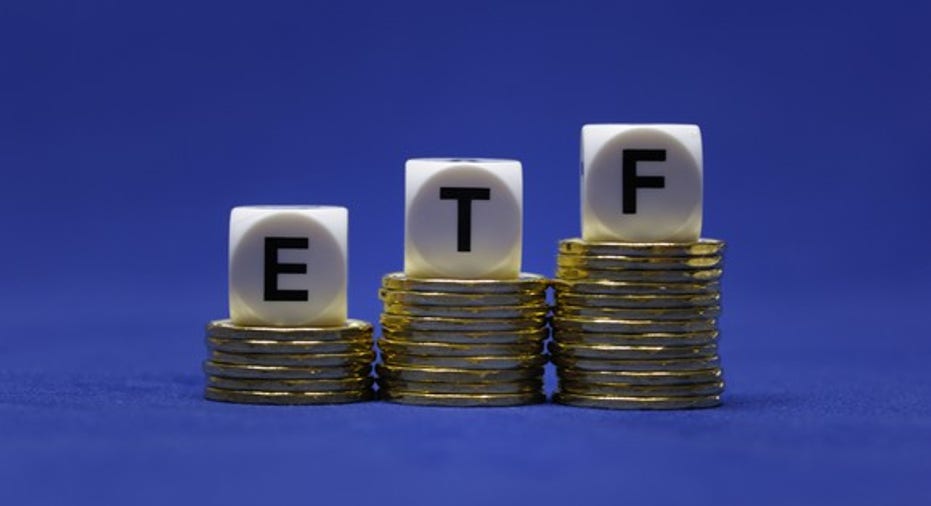ETF trading tips to make money

Exchange traded funds are relatively new in the industry, and to efficiently and effectively trade the instrument, investors should adequately familiarize themselves with the investment tool.
ETFs try to passively reflect the performance of a benchmark index, providing investors exposure to a portfolio of assets or securities, but not every ETF is blessed with deep liquidity and tight bid-ask spreads. Nevertheless, there are a number of ETF trading tips to help investors get the most bang out of their money.
What many perceive as normal ETF trading volume is not the true indicator of its liquidity. ETFs trade on a exchange like a common company stock, and less popularly traded ETFs may exhibited wide bid-ask spreads. However, since ETFs track an underlying index, their true liquidity is reflected by the volume of their underlying securities.
"If the underlying securities you are accessing through the ETF are liquid, you should have confidence you will be able to easily enter and exit the position in the ETF," according to a recent Direxion Investments note.
Those who are worried about whether or not there is enough liquidity to get a fair price can call their broker or trading desk for more up-to-date pricing.
Since ETFs can be accessed through a normal brokerage account, investors should use limit orders to have better control over trades.
"Market orders leave you vulnerable, and at the mercy of the seller," according to Direxion. "Your order could get filled at various unfavorable prices, depending on what’s happening on the other side of the trade. Place a buy or sell order within several cents of the bid or ask price, to get the best execution."
Investors should also avoid executing orders at the open or closing 30 minutes of the stock market. These are usually the periods when there is the most volatility. Moreover, at the start of each trading session, larger institutional traders, speculators, market makers and authorized participants usually unwind their overnight positions or gain exposure to assets for the trading day, which further fuel the fire.
Lastly, traders should get acquainted with an ETF's iNAV. The iNAV is a measure of the intraday net asset value of an ETF, which is updated every 15 seconds and provides an up-to-date measure of the intrinsic value of the underlying securities. The iNAV may be found by entering the ticker symbol and "-IV" on a trading platform. By tracking the iNAV and an ETF's price, investors may find out if their ETF is trading at a premium or discount to its underlying assets, which helps traders know if they are overpaying or underpaying for an ETF relative to its underlying holdings.
This article was provided courtesy of our partners at etftrends.com.



















